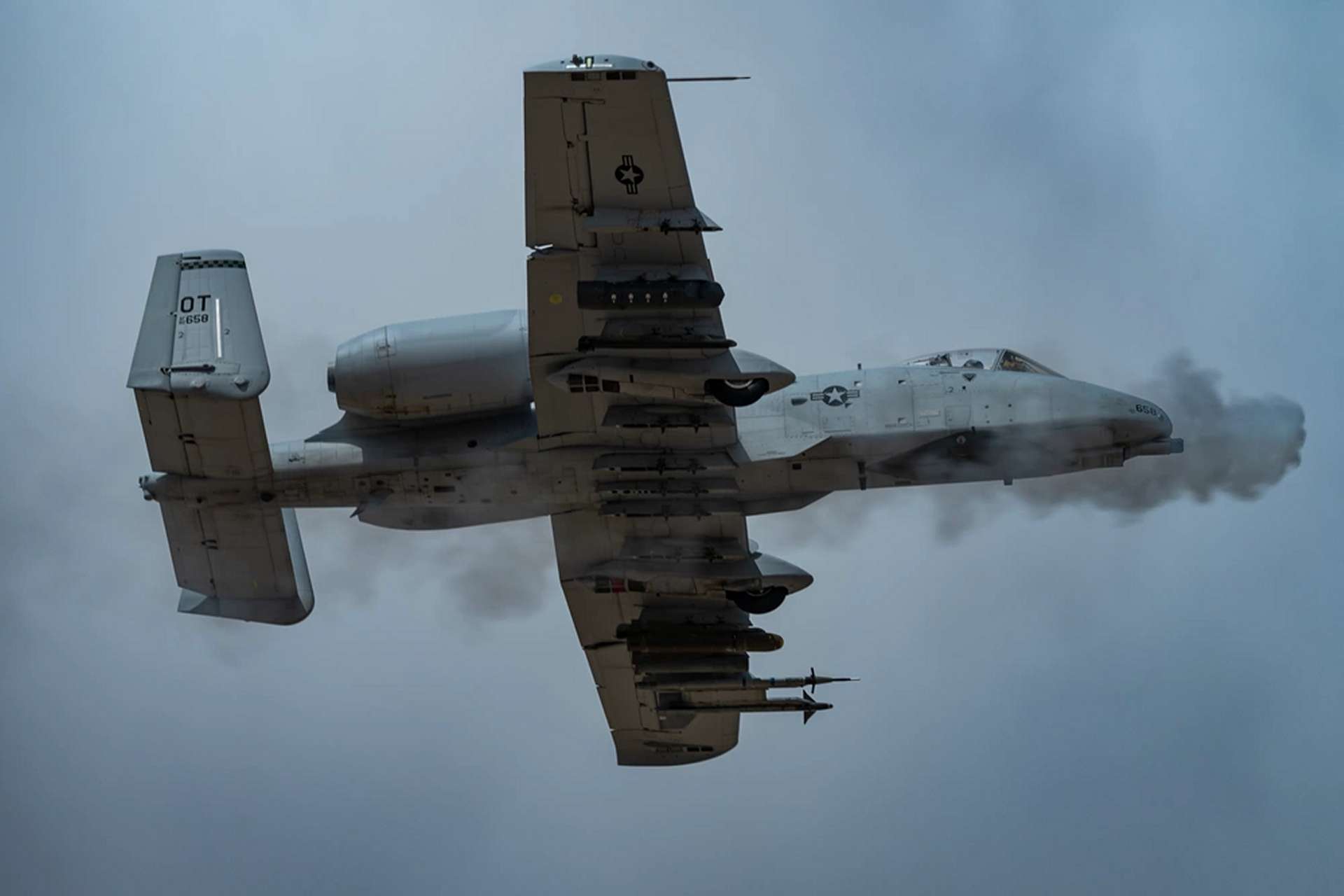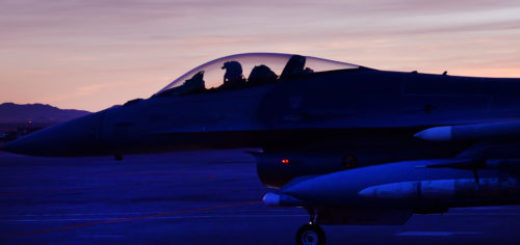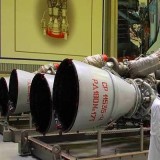US Deploys A-10 Thunderbolt II Ground Attack Aircraft Squadron to Counter China Threats in the Philippines

{loadposition bannertop}
{loadposition sidebarpub}
On December 11, 2024, the United States deployed A-10 Thunderbolt II ground attack aircraft, nicknamed “Warthogs,” to the Philippines for joint training exercises with the Philippine Air Force. This deployment underscores the longstanding defense partnership between the two nations and takes place amid rising tensions in the South China Sea. The A-10s, assigned to the 25th Fighter Squadron based in South Korea, landed at Clark Air Base on December 6 and will remain in the Philippines until December 15.
Follow Army Recognition on Google News at this link
US A-10 Thunderbolt II Ground Attack Aircraft (Picture source: US MoD)
This training is part of the U.S. Air Force’s Dynamic Force Employment (DFE) strategy, which aims to ensure strategic predictability while maintaining operational unpredictability in contested regions. Officially adopted in 2018, the DFE strategy combines strategic foresight with operational flexibility to respond effectively to threats in disputed areas. Developed against the backdrop of growing rivalries with powers like China and Russia, this approach prioritizes agile and short-term deployments over prolonged or fixed rotations. Since its implementation, DFE missions have been conducted in strategic regions, including Europe and the Indo-Pacific, to test and demonstrate force responsiveness. These rapid, often unannounced, deployments are designed to keep adversaries uncertain about U.S. intentions while enhancing deterrence. At the same time, this strategy maximizes troop readiness for rapidly evolving geopolitical threats, a critical factor in sensitive areas like the Indo-Pacific, where DFE was recently applied with the A-10 deployment to the Philippines in December 2024.
This joint training operation occurs against the backdrop of escalating tensions in the South China Sea, where reports from late November 2024 indicated the presence of nearly 100 Chinese vessels near Thitu Island, occupied by the Philippines. The contested waters are central to overlapping territorial claims involving China, the Philippines, and other Southeast Asian nations. The Mutual Defense Treaty signed in 1951 between the United States and the Philippines obligates both nations to respond jointly to any attack on their public vessels, aircraft, or armed forces in the Pacific region, highlighting the importance of these military collaborations.
Military ties between the Philippines and the United States are deeply rooted, dating back to the signing of the Mutual Defense Treaty in 1951, which commits both nations to mutual defense in the event of armed attacks in the Pacific region. These ties were further solidified by the 1947 military base agreement, which allowed the U.S. to maintain strategic installations such as Clark Air Base, north of Manila, and Subic Bay Naval Base, on the western coast of Luzon. Although the U.S. withdrew from these bases in 1991 following a Philippine Senate vote, cooperation resumed vigorously with the Enhanced Defense Cooperation Agreement (EDCA) signed in 2014. This agreement grants U.S. forces access to several key bases, including Antonio Bautista Air Base in Palawan, near the South China Sea, and Basa Air Base in Pampanga, for temporary rotations. These bases play a strategic role in regular joint exercises like Balikatan, which aim to enhance interoperability and address security challenges, particularly amid China’s growing claims in the South China Sea. Today, this alliance remains a cornerstone of stability in the Indo-Pacific.
The U.S. Department of Defense has designated the Indo-Pacific region as a priority due to escalating Chinese military and maritime activities. Regular joint training exercises, such as the arrival of A-10s and a recent air drill over the Philippine Sea in November, are central to Washington’s strategy for maintaining a free and open Indo-Pacific. According to U.S. officials, these exercises aim to bolster interoperability and shared capabilities, ensuring preparedness for emerging regional challenges.
The A-10 Thunderbolt II, commonly known as the “Warthog,” is a twin-engine attack aircraft renowned for its rugged design and close air support capabilities. Powered by two General Electric TF34-GE-100 turbofan engines, it achieves a maximum speed of 833 km/h and has a combat range of 460 km. The aircraft is heavily armored to withstand ground fire and features redundant systems for enhanced survivability. Its primary weapon is the GAU-8/A Avenger 30mm rotary cannon, capable of firing 3,900 rounds per minute, optimized for destroying armored vehicles. Additionally, the A-10 can carry up to 7,260 kg of mixed ordnance, including missiles, bombs, and rockets, across 11 hardpoints. Its ability to operate at low altitude and slow speeds makes it unmatched in close air support and battlefield interdiction.
The development of the A-10 Thunderbolt II dates back to the late 1960s when the U.S. Air Force initiated the AX (Attack Experimental) program to design an aircraft capable of providing close air support in hostile environments. The A-10’s maiden flight occurred in May 1972, and it officially entered service in 1976. Designed to withstand ground fire and neutralize enemy armor, the A-10 first demonstrated its combat prowess during Operation Desert Storm in 1991, destroying hundreds of Iraqi tanks. It is equipped with the GAU-8/A Avenger rotary cannon, utilizing depleted uranium armor-piercing (API) or high-explosive incendiary (HEI) ammunition to neutralize heavily armored targets. The aircraft has also proven effective in conflicts such as those in Afghanistan and Iraq, and more recently in Syria, where it was deployed against Islamic State positions. Despite multiple attempts to retire the aircraft due to its age, field reports emphasize its durability, precision, and unique ability to support ground troops, qualities that continue to justify its active service.

{loadposition bannertop}
{loadposition sidebarpub}
On December 11, 2024, the United States deployed A-10 Thunderbolt II ground attack aircraft, nicknamed “Warthogs,” to the Philippines for joint training exercises with the Philippine Air Force. This deployment underscores the longstanding defense partnership between the two nations and takes place amid rising tensions in the South China Sea. The A-10s, assigned to the 25th Fighter Squadron based in South Korea, landed at Clark Air Base on December 6 and will remain in the Philippines until December 15.
US A-10 Thunderbolt II Ground Attack Aircraft (Picture source: US MoD)
This training is part of the U.S. Air Force’s Dynamic Force Employment (DFE) strategy, which aims to ensure strategic predictability while maintaining operational unpredictability in contested regions. Officially adopted in 2018, the DFE strategy combines strategic foresight with operational flexibility to respond effectively to threats in disputed areas. Developed against the backdrop of growing rivalries with powers like China and Russia, this approach prioritizes agile and short-term deployments over prolonged or fixed rotations. Since its implementation, DFE missions have been conducted in strategic regions, including Europe and the Indo-Pacific, to test and demonstrate force responsiveness. These rapid, often unannounced, deployments are designed to keep adversaries uncertain about U.S. intentions while enhancing deterrence. At the same time, this strategy maximizes troop readiness for rapidly evolving geopolitical threats, a critical factor in sensitive areas like the Indo-Pacific, where DFE was recently applied with the A-10 deployment to the Philippines in December 2024.
This joint training operation occurs against the backdrop of escalating tensions in the South China Sea, where reports from late November 2024 indicated the presence of nearly 100 Chinese vessels near Thitu Island, occupied by the Philippines. The contested waters are central to overlapping territorial claims involving China, the Philippines, and other Southeast Asian nations. The Mutual Defense Treaty signed in 1951 between the United States and the Philippines obligates both nations to respond jointly to any attack on their public vessels, aircraft, or armed forces in the Pacific region, highlighting the importance of these military collaborations.
Military ties between the Philippines and the United States are deeply rooted, dating back to the signing of the Mutual Defense Treaty in 1951, which commits both nations to mutual defense in the event of armed attacks in the Pacific region. These ties were further solidified by the 1947 military base agreement, which allowed the U.S. to maintain strategic installations such as Clark Air Base, north of Manila, and Subic Bay Naval Base, on the western coast of Luzon. Although the U.S. withdrew from these bases in 1991 following a Philippine Senate vote, cooperation resumed vigorously with the Enhanced Defense Cooperation Agreement (EDCA) signed in 2014. This agreement grants U.S. forces access to several key bases, including Antonio Bautista Air Base in Palawan, near the South China Sea, and Basa Air Base in Pampanga, for temporary rotations. These bases play a strategic role in regular joint exercises like Balikatan, which aim to enhance interoperability and address security challenges, particularly amid China’s growing claims in the South China Sea. Today, this alliance remains a cornerstone of stability in the Indo-Pacific.
The U.S. Department of Defense has designated the Indo-Pacific region as a priority due to escalating Chinese military and maritime activities. Regular joint training exercises, such as the arrival of A-10s and a recent air drill over the Philippine Sea in November, are central to Washington’s strategy for maintaining a free and open Indo-Pacific. According to U.S. officials, these exercises aim to bolster interoperability and shared capabilities, ensuring preparedness for emerging regional challenges.
The A-10 Thunderbolt II, commonly known as the “Warthog,” is a twin-engine attack aircraft renowned for its rugged design and close air support capabilities. Powered by two General Electric TF34-GE-100 turbofan engines, it achieves a maximum speed of 833 km/h and has a combat range of 460 km. The aircraft is heavily armored to withstand ground fire and features redundant systems for enhanced survivability. Its primary weapon is the GAU-8/A Avenger 30mm rotary cannon, capable of firing 3,900 rounds per minute, optimized for destroying armored vehicles. Additionally, the A-10 can carry up to 7,260 kg of mixed ordnance, including missiles, bombs, and rockets, across 11 hardpoints. Its ability to operate at low altitude and slow speeds makes it unmatched in close air support and battlefield interdiction.
The development of the A-10 Thunderbolt II dates back to the late 1960s when the U.S. Air Force initiated the AX (Attack Experimental) program to design an aircraft capable of providing close air support in hostile environments. The A-10’s maiden flight occurred in May 1972, and it officially entered service in 1976. Designed to withstand ground fire and neutralize enemy armor, the A-10 first demonstrated its combat prowess during Operation Desert Storm in 1991, destroying hundreds of Iraqi tanks. It is equipped with the GAU-8/A Avenger rotary cannon, utilizing depleted uranium armor-piercing (API) or high-explosive incendiary (HEI) ammunition to neutralize heavily armored targets. The aircraft has also proven effective in conflicts such as those in Afghanistan and Iraq, and more recently in Syria, where it was deployed against Islamic State positions. Despite multiple attempts to retire the aircraft due to its age, field reports emphasize its durability, precision, and unique ability to support ground troops, qualities that continue to justify its active service.





